This Fig and Burrata Salad is a Total Game-Changer
After years spent working in all sorts of professional kitchens, from chaotic little bistros to fancy catering gigs, I’ve figured out one simple truth: the best food is rarely the most complicated. It’s almost always about getting your hands on amazing ingredients and then, honestly, just not messing them up. This fig and burrata salad is the perfect example of that philosophy in action.
In this article
It looks stunningly simple, and it is. But the gap between a good version and a truly great one is all in the details. This isn’t just about tossing stuff in a bowl; it’s a balancing act. You’ve got the jammy sweetness of the figs, the unbelievably rich cream of the burrata, a peppery kick from the arugula, and a sharp, bright vinaigrette. When they all work together, it’s magic. Let’s break down how to get it right every single time.
The Quick Look: What You’re In For
Before we dive deep, here’s the snapshot for everyone who just wants to get going. A lot of folks just want to screenshot the recipe, and I totally get that.
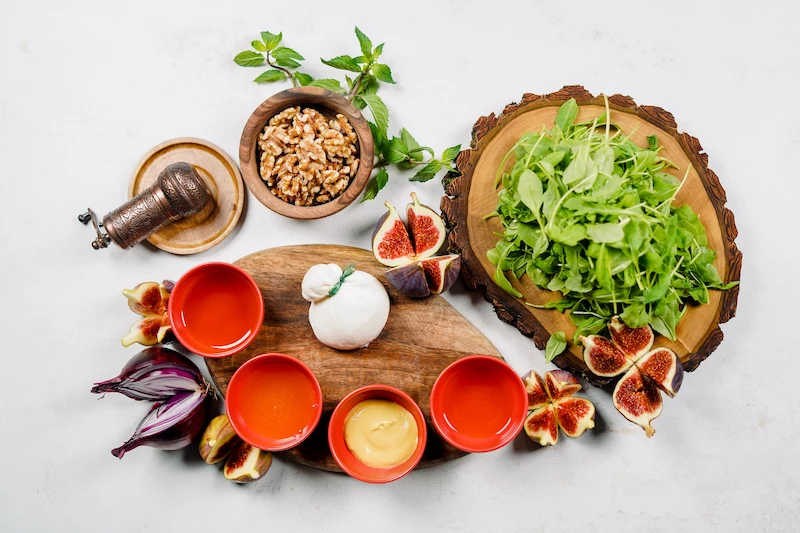
Total Time: About 20 minutes from start to finish.
Servings: Makes 4 generous side salads or 2 perfect main courses for a light lunch.
You’ll need these ingredients:
- For the Salad: 5 ounces of baby arugula, 8 ripe fresh figs, one 8-ounce ball of good burrata, a half-cup of walnuts, and a quarter of a small red onion.
- For the Vinaigrette: 1/4 cup extra virgin olive oil, 2 tablespoons white balsamic vinegar, 1 tablespoon Dijon mustard, and 1 tablespoon of honey.
- For Finishing: Flaky sea salt (like Maldon) and freshly ground black pepper.
Let’s Talk Ingredients (This is Where it Gets Good)
With a salad this simple, there’s nowhere for mediocre ingredients to hide. Seriously, skimping on the cheese or using bland, hard figs will leave you wondering what all the fuss is about. Let’s make sure that doesn’t happen.
The Figs: The Sweet Soul of the Dish
Figs are the undeniable star here. They bring that unique, jammy texture and deep sweetness. You’ll want to look for them when they’re in season, which is typically from late summer into early fall—think from about August through October in most places.
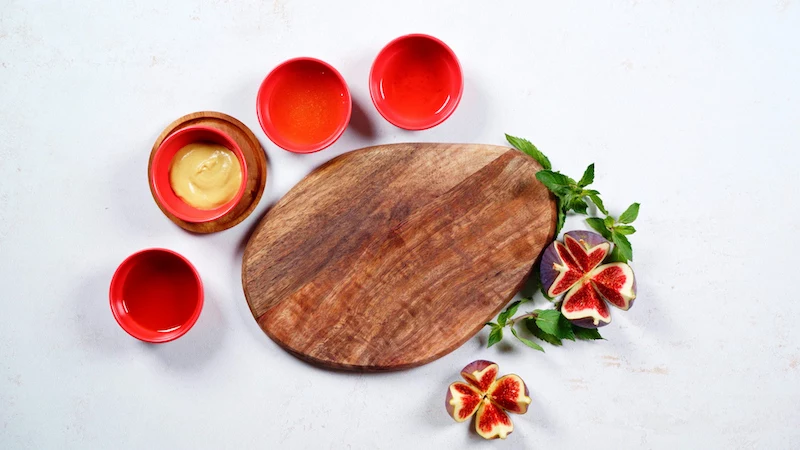
A perfect, ripe fig feels soft and heavy for its size. If it’s hard as a rock, leave it. Unlike bananas, figs don’t really ripen much after they’ve been picked. The skin should be smooth, maybe with a few tiny cracks, which is actually a great sign that the fruit inside is bursting with sugar. Oh, and give it a gentle sniff; it should smell sweet and fragrant. Store them carefully in a single layer in the fridge and try to use them within a day or two. They’re delicate!
A few common types you might see:
- Black Mission: These are the classic. Dark purple skin, super rich, and deeply sweet. They’re my personal go-to for this salad because their flavor is bold.
- Brown Turkey: A bit milder and less intensely sweet, with brownish-purple skin. A fantastic and often more widely available option.
- Calimyrna: These are the larger, greenish ones with a nutty, almost buttery flavor. A bit harder to find fresh but they make for a more delicate salad.
Quick tip: What if you can only find dried figs? No problem. They won’t have the same texture, but you can bring them back to life. Just slice them in half and soak them in a bowl of warm water (or, even better, warm red wine) for about 20-30 minutes. They’ll plump up and soften beautifully.
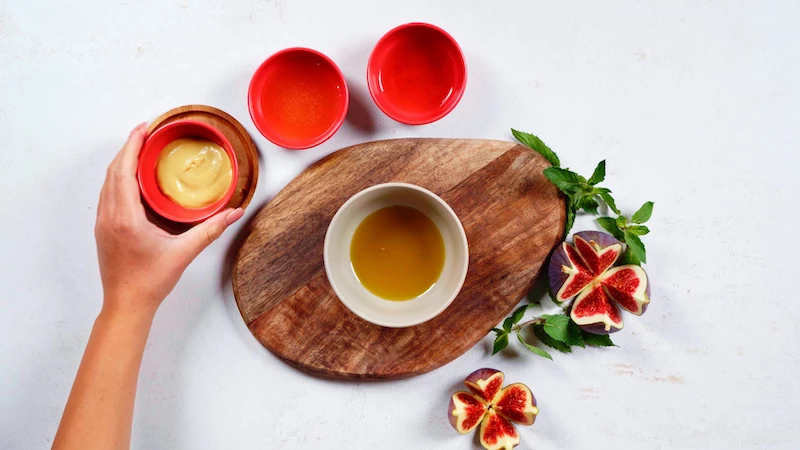
The Burrata: The Creamy Dream
Burrata translates to “buttered,” and that’s pretty much all you need to know. It’s a ball of fresh mozzarella filled with stracciatella (shredded mozzarella scraps) and cream. When you tear it open, that creamy center is supposed to gently ooze out. It’s pure luxury.
Good burrata can be an investment. Expect to pay around $10 to $15 for the really nice, hand-pulled stuff at a specialty shop. But honestly, you can find a perfectly solid option for $7 to $9 at places like Trader Joe’s or Whole Foods. Just check the date—it has a very short shelf life.
This is the most important step: Take the burrata out of the fridge a good 30 minutes before you serve it. Cold mutes the flavor and makes the creamy filling stiff. Letting it come to room temp makes all the difference. When you’re ready, don’t slice it. Gently tear it apart with your hands to get those lovely, rustic chunks.
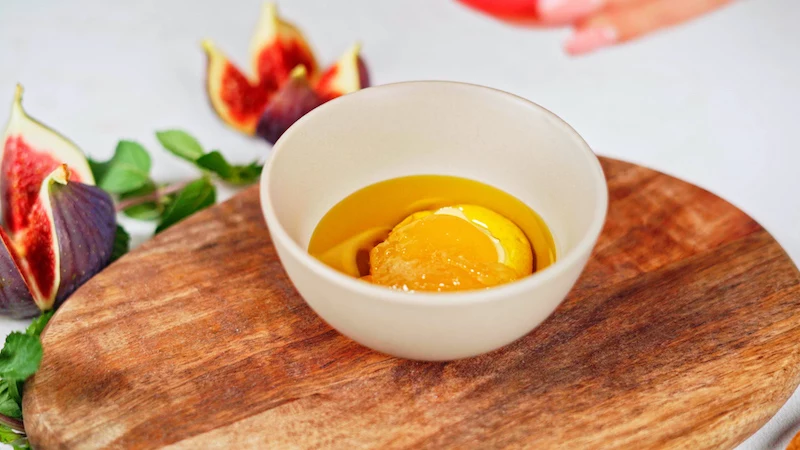
The Greens and The Crunch
You need a peppery green to cut through all that rich sweetness, and baby arugula is the classic choice. Its slightly bitter bite is a feature, not a bug! It cleanses your palate and keeps the salad from feeling too heavy. Just make sure it’s completely dry before you dress it. A salad spinner is your best friend here. Wet greens are a recipe for a sad, soggy salad where the dressing just slides off.
And for the crunch, you have to toast your walnuts. Raw walnuts are fine, but toasting them awakens their flavor, making them nuttier and way crunchier. Just toss them on a baking sheet in a 350°F (175°C) oven for about 7-10 minutes. You’ll know they’re done when your kitchen starts to smell amazing. Pecans or pistachios work great, too!
The Vinaigrette That Ties It All Together
This dressing is what marries all the flavors. The classic ratio is 3 parts oil to 1 part vinegar, but for this salad, we want something a bit punchier to balance the richness. So we lean closer to a 2-to-1 ratio.
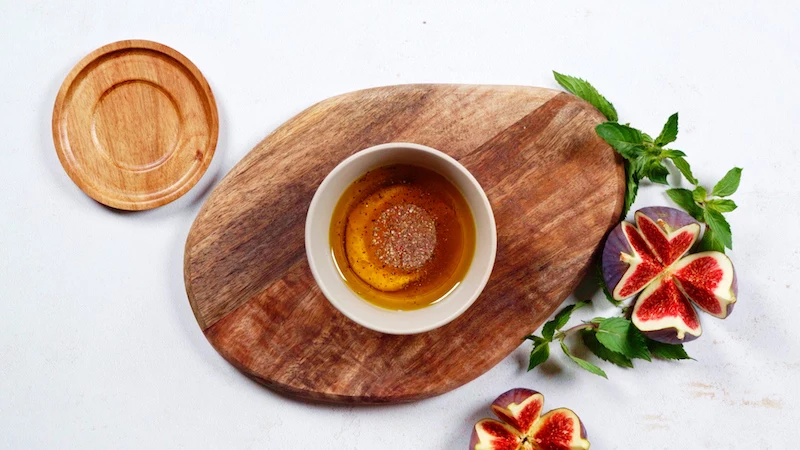
The secret to a creamy dressing that doesn’t separate is an emulsifier—in our case, Dijon mustard. It acts like a bridge, holding the oil and vinegar together.
Here’s how to do it the pro way: In a small bowl, whisk together the white balsamic vinegar, Dijon mustard, and honey first. Then, while whisking constantly, add your extra virgin olive oil in a super slow, steady stream. This gradual process is the key. Or, for a quick version, just dump everything into a jar with a tight lid and shake like crazy for 30 seconds.
For your seasonings,
Inspirational Gallery
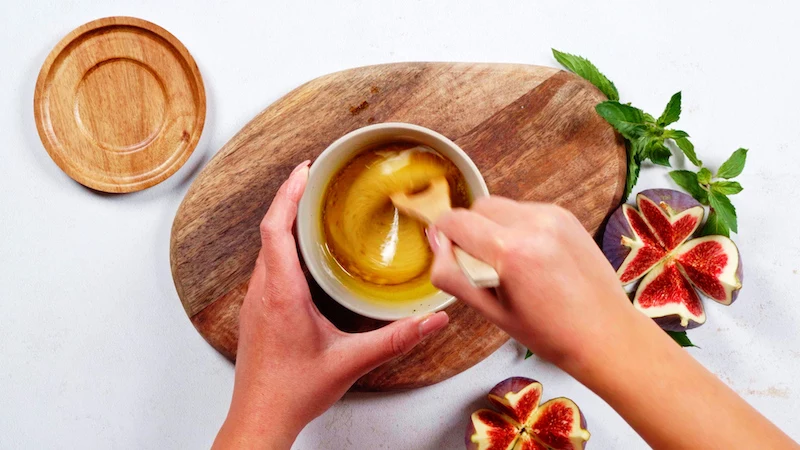
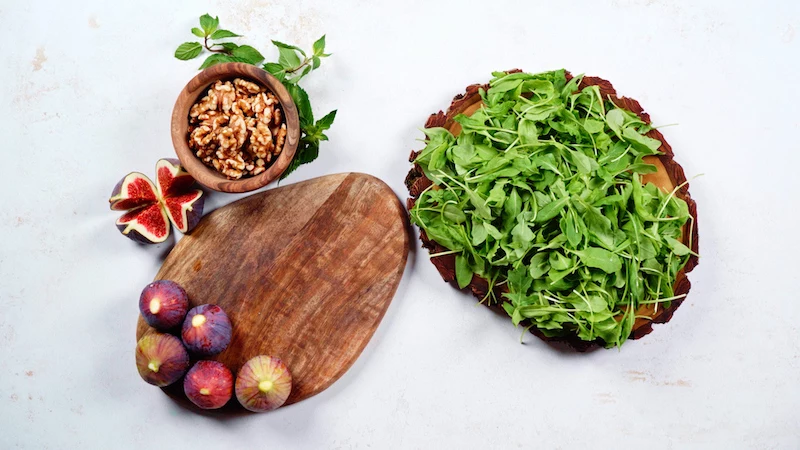
The Golden Rule of Burrata: Serve it at room temperature. Taking the cheese out of the fridge 20-30 minutes before serving makes all the difference. Cold mutes its flavor and firms up the creamy center. You want the stracciatella to be luscious and oozy, not stiff and chilly. This single step elevates the entire experience.
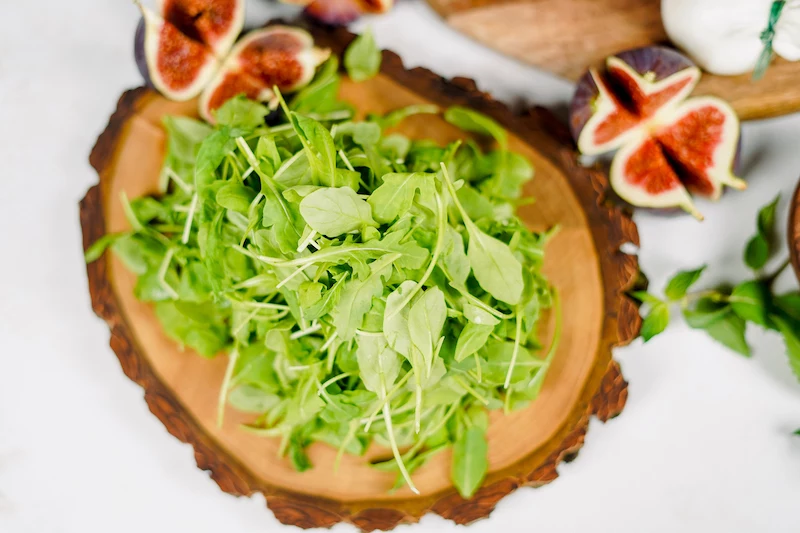
Looking for the perfect wine pairing?
Think crisp and bright to cut through the richness of the cheese and complement the sweetness of the figs. A dry Italian Pinot Grigio or a zesty Sauvignon Blanc from the Loire Valley are excellent choices. For a rosé, look for a dry, mineral-driven style from Provence. These wines cleanse the palate and make each bite taste as good as the first.
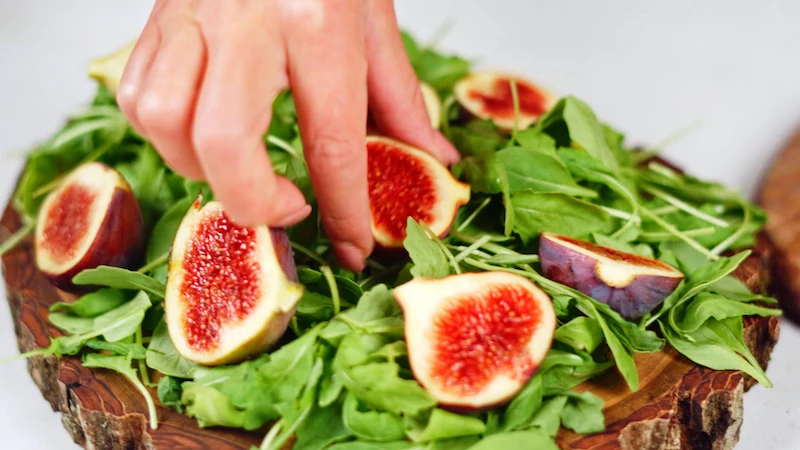
Burrata, which means ‘buttered’ in Italian, was invented in Puglia in the early 20th century.
It was a clever way for cheesemakers to use up leftover scraps of mozzarella curds (ritagli). They’d mix the scraps with cream and wrap them in a stretched pouch of mozzarella. What began as a frugal innovation is now celebrated as a delicacy.
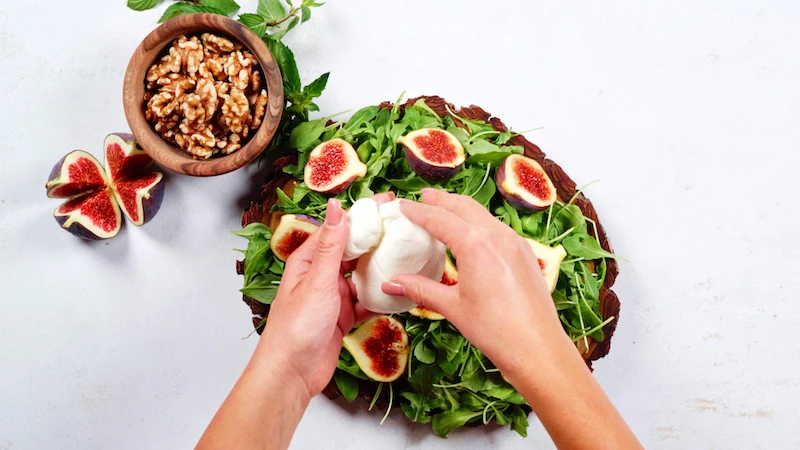
Toasting your walnuts isn’t just a suggestion; it’s a flavor transformation. Here’s the quickest way:
- Spread the walnuts in a single layer on a dry skillet over medium heat.
- Toss them frequently for 3-5 minutes.
- You’ll know they’re done when they become fragrant and turn a shade darker. Watch them closely, as they can go from toasted to burnt in seconds!
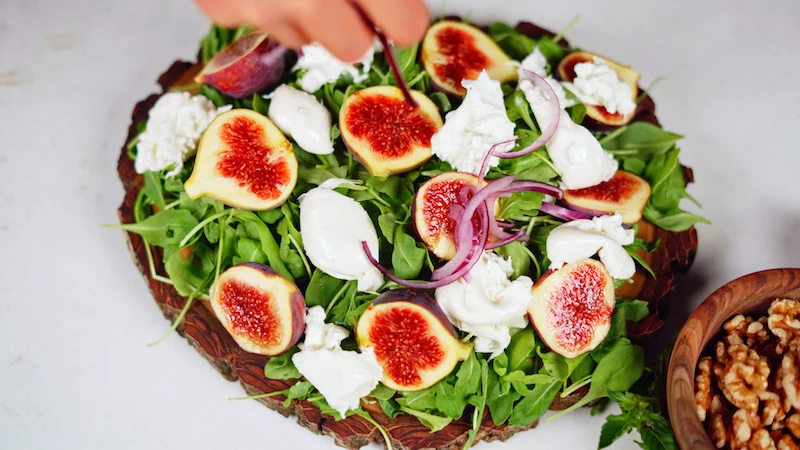
Can’t find burrata? Don’t despair. A high-quality, fresh mozzarella ball packed in water is your next best bet. While you won’t get that signature creamy explosion, you’ll still have a delicious, milky cheese that pairs beautifully with the other ingredients. Just tear it into rustic, bite-sized pieces before adding it to the salad.

The choice of olive oil matters immensely. For this salad, you want an extra virgin olive oil that is fruity and delicate rather than intensely grassy or peppery, which could overpower the figs. Look for oils made from Arbequina or Taggiasca olives. They offer a smooth, buttery profile with hints of almond that will harmonize perfectly with the dish.
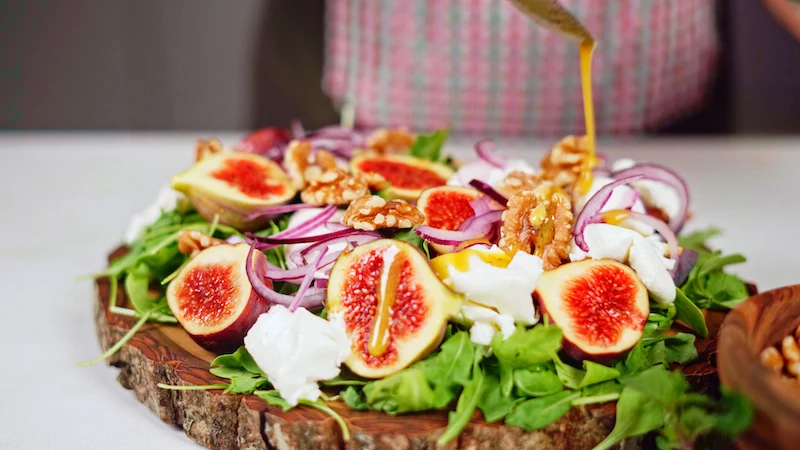
- A more dramatic presentation.
- Ensures a perfect mix of ingredients in every forkful.
The secret? Layering strategically on a platter instead of tossing in a bowl. Start with a bed of arugula. Arrange the fig quarters and torn burrata artistically. Sprinkle the toasted walnuts and slivered red onion over the top. Finally, drizzle the vinaigrette just before serving to keep everything crisp and vibrant.
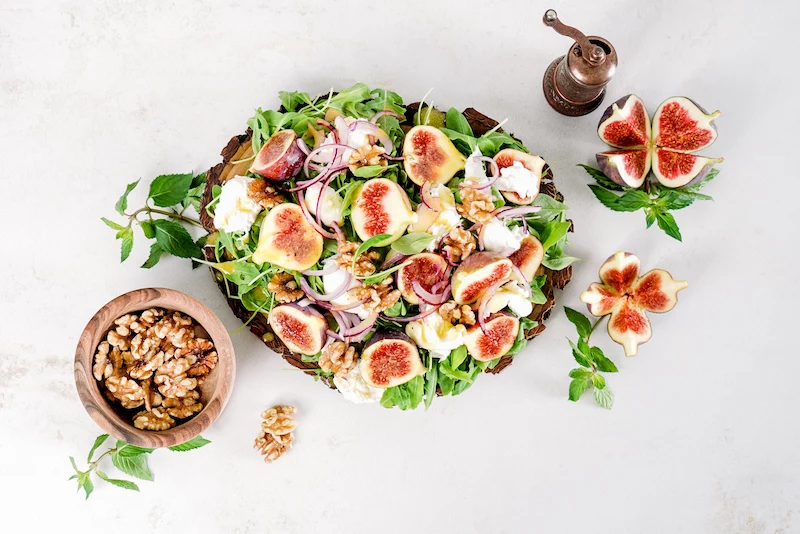
For a heartier, more substantial version of the salad, introduce a savory, salty element. Thinly sliced Prosciutto di Parma is a classic companion to both figs and creamy cheese. For a vegetarian alternative, consider adding roasted chickpeas seasoned with smoked paprika for a satisfying crunch and smoky depth.
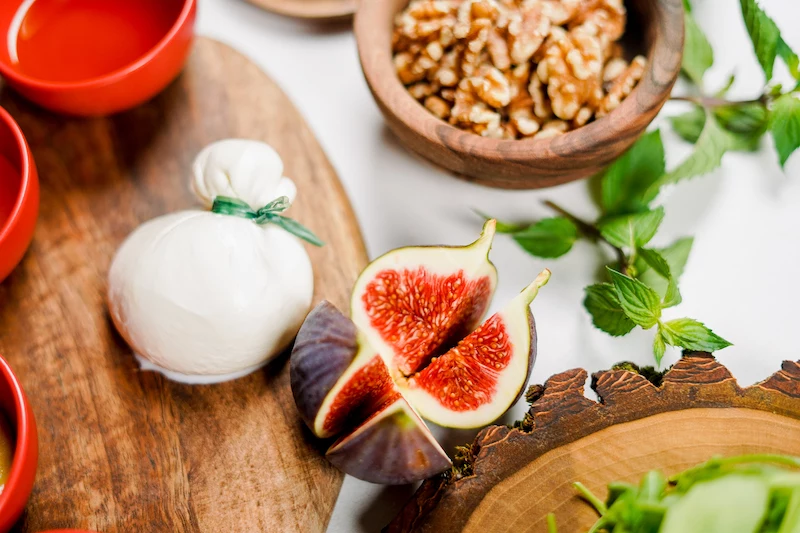
Did you know that some botanists consider figs to be inverted flowers, not fruits? Their flowers bloom internally, inside the pod-like structure.
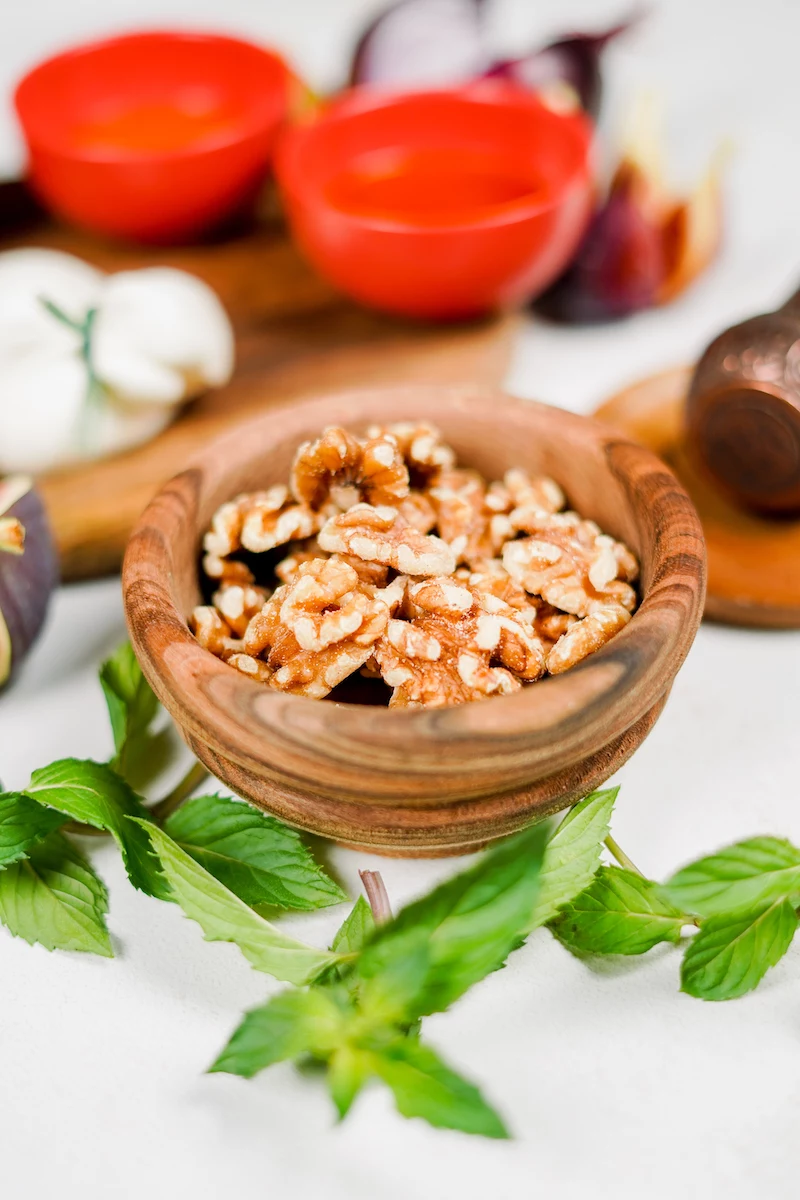
Arugula’s Pepper: Its bold, peppery flavor is a fantastic counterpoint to the sweet figs and creamy burrata.
Milder Greens: If you find arugula too intense, baby spinach or a tender mâche (lamb’s lettuce) are wonderful substitutes. They provide a fresh, green base without competing as strongly with the other star ingredients.
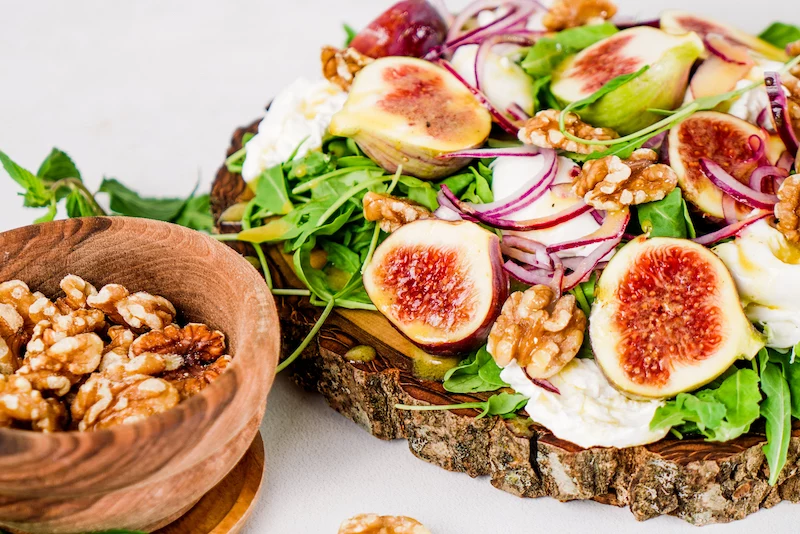
Give your vinaigrette a trendy twist by swapping the regular honey for hot honey. A brand like Mike’s Hot Honey or a homemade infusion adds a subtle, lingering warmth that beautifully contrasts the sweetness of the figs. This small change adds a layer of complexity that will have your guests asking for the secret ingredient.
Don’t underestimate the final flourish: The crunch of a good flaky sea salt is essential. Unlike fine table salt, which just dissolves, pyramid-shaped crystals like those from Maldon provide a distinct textural pop. It’s a final layer of sensation that makes the dish feel truly complete and professionally finished.










